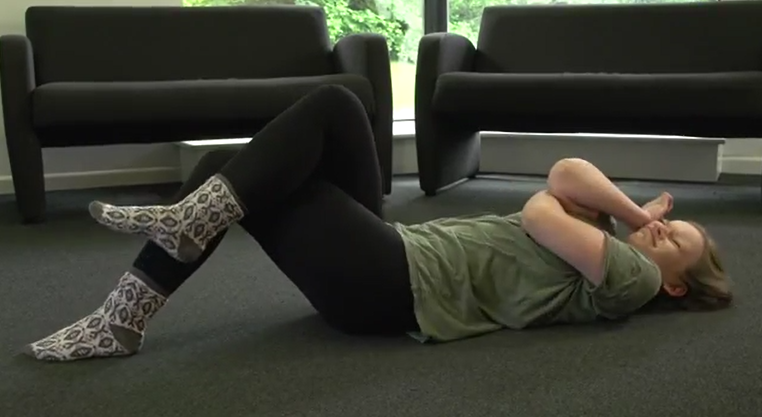Pain and Discomfort
Many people with Cornelia de Lange syndrome are not able to communicate that they are experiencing pain and discomfort. Consequently, they may find other ways to let you know that they are in pain.
There is some evidence that behaviours that challenge, in particular self-injurious behaviour can occur in response to painful medical conditions and discomfort. However, this does not mean that other forms of behaviours that challenge are not influenced by pain and discomfort. For any sudden outbursts of any form of behaviours that challenge that appear 'out of the blue' pain and discomfort should be taken into consideration when trying to identify a cause. For information on how to identify pain in children with severe intellectual disabilities and/or communication difficulties please click here.
Examples of medical conditions which have been found to lead to self-injurious behaviour in children and adults who have intellectual disability include otitis media (middle ear infections), skin infections and irritation, and gastro-intestinal reflux. Gastro-intestinal reflux is very common in Cornelia de Lange syndrome.
Parents describe this in the clip below:
Self-injurious behaviour is sometimes directed towards specific areas of the body which might indicate that the person is experiencing pain in that area e.g., banging or rubbing around the ear in response to earache or banging around the jaw in response to toothache. You can see an example of pain related behaviour in the re-enactment by a role play actor at the top of the page.
At other times, the self-injury may be directed towards another part of the body that does not appear to be related. For example children have been observed who pull their own hair in response to chronic stomach pain. Signs of pain are not always obvious.
The role of peripheral sensory neuropathy
There is some evidence that individuals who have Cornelia de Lange syndrome might have a peripheral sensory neuropathy. This disorder can have two important effects that might be relevant to self-injury. Firstly, pain may not be experienced in the ‘normal’ way. Painful stimuli may not be experienced as painful. Secondly, people may experience unusual sensations in their hands and arms. These sensations are described by some people as pins and needles (dysaesthesia) or a mild burning sensation. If this is the case, then individuals may respond to this sensation by scratching, picking or biting the area in which the tingling is occurring. When this happens in the absence of any pain, this behaviour may become more severe than it would if the person was able to identify the pain sensation.
Download: Example 1 - Behaviours that challenge and pain
Download: Example 2 - Behaviours that challenge and pain
Could self-injurious behaviour relieve pain and discomfort?
It seems odd that someone would engage in self-injurious behaviour if they were already experiencing pain elsewhere. Pain gate theory suggests that an acute pain (sharp and intense pain such as that caused by self-injurious behaviour) can block (or gate) the sensation of chronic pain (long lasting pain such as that caused by a painful medical condition). Pain gate theory applies not only to individuals who have an intellectual disability but to everyone. Have you ever banged your head and rubbed it better? This is an example of how you are able to block one type of sensation (pain) by creating another.




